Choosing the best watermelon is easy if you remember the 5 S’s for How To Pick A Watermelon: Spot, Stem, Sound, Scale, and Skin.
It can be a little daunting to look at the mounds of watermelons in multiple bins when you don’t know which one to bring home with you. There are often several people standing around looking confused about the choices.
So, I came up with an easy way to remember what to look for when choosing a watermelon so that you can quickly pick a delicious one and be on your way!
In This Post
5 S’s for How To Pick A Watermelon
S for Spot
The watermelon spot is the place where the watermelon sat and ripened on the ground under the sun in the field. Look for a watermelon with a creamy yellow spot.
If there isn’t a spot, skip that watermelon. If the watermelon spot is white like the photo of the watermelon on the left, it wasn’t allowed to fully ripen. Choose the one with a yellow spot like the one in the photo on the right.
S for Stem
The second S in how to pick a watermelon is for STEM. Check the watermelon stem to see if it was allowed to ripen long enough. A green stem like the one on the left means that the watermelon was picked too early.
Look for a brown watermelon stem like the photo on the right.
S for Sound
Another indication of a ripe watermelon is a hollow sound when you knock or tap on the watermelon. If you hear a ping when you tap, the watermelon isn’t ripe enough yet.
S for Scale
For the juiciest watermelon, you’ll want to choose one that is heavy for its size. Find two watermelons that are similar in size and compare the two. The heavier one has more liquid inside.
Many people get confused by this one because of course, a larger watermelon will weight more than a smaller one. But the key is to compare ones that are about the same size.
You DO NOT have to actually go an weigh your watermelons on a scale but to test this theory, we did! After measuring the length and circumference of two watermelons to make sure there were almost exactly the same size, I weight the two melons and as you can see one if heavier. That is the one with more liquid.
S for Skin
The fifth S in how to pick a watermelon is SKIN. Check the watermelon’s skin for bruises, open gashes, lumps, or bumps. Also, look for a dull or matte looking watermelon skin rather than a shiny one which can mean that it isn’t fully ripe yet.
Bonus Tips About How To Pick A Good Watermelon
Here are three more S’s for how to pick a good watermelon!
Symmetry: Pick a watermelon that looks symmetrical meaning it is an oval or circle without any oddness to the shape.
Softness: Gently press on the watermelon to check for softness. A good watermelon should be firm, not soft.
Seeds: Check the sticker on the watermelon to see if it has seeds or is seedless. Both are good but make sure you check so that you are getting the kind you want.
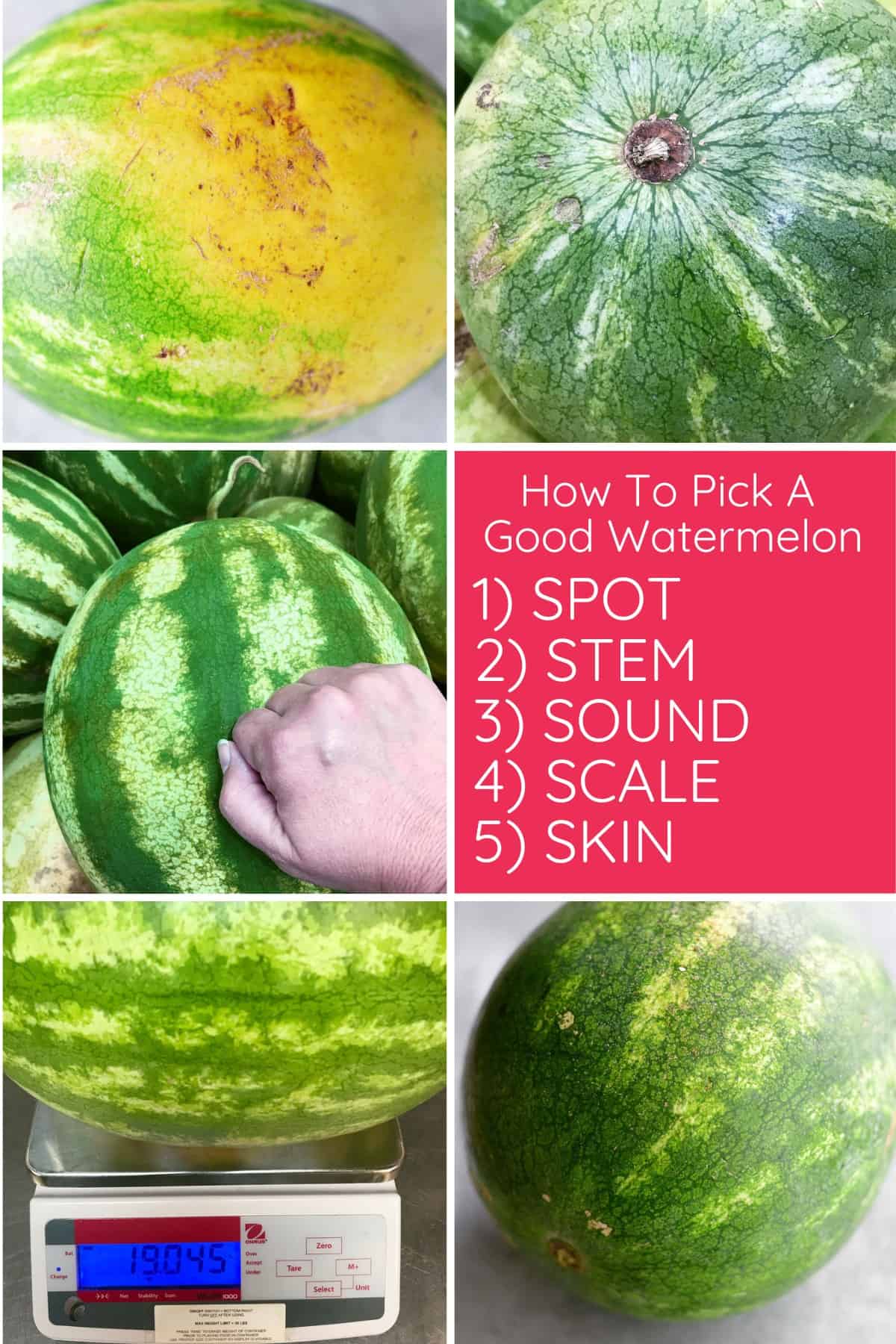
FAQs About Watermelon
Watermelon season is during the summer. The exact season depends on where you live and what the growing season is like.
The stripes on a watermelon are determined by what variety they are. There are over 1,200 varieties grown throughout the world!
It is both! Watermelon can be considered a fruit or a vegetable depending on how you classify it.
Check out my Watermelon Slicer comparison post showing various kinds of watermelon cutters, how to use them, how well they work, and which one is my favorite.
See our post all about How To Cut a Watermelon into wedges, cubes, sticks, rounds, stars, and balls!
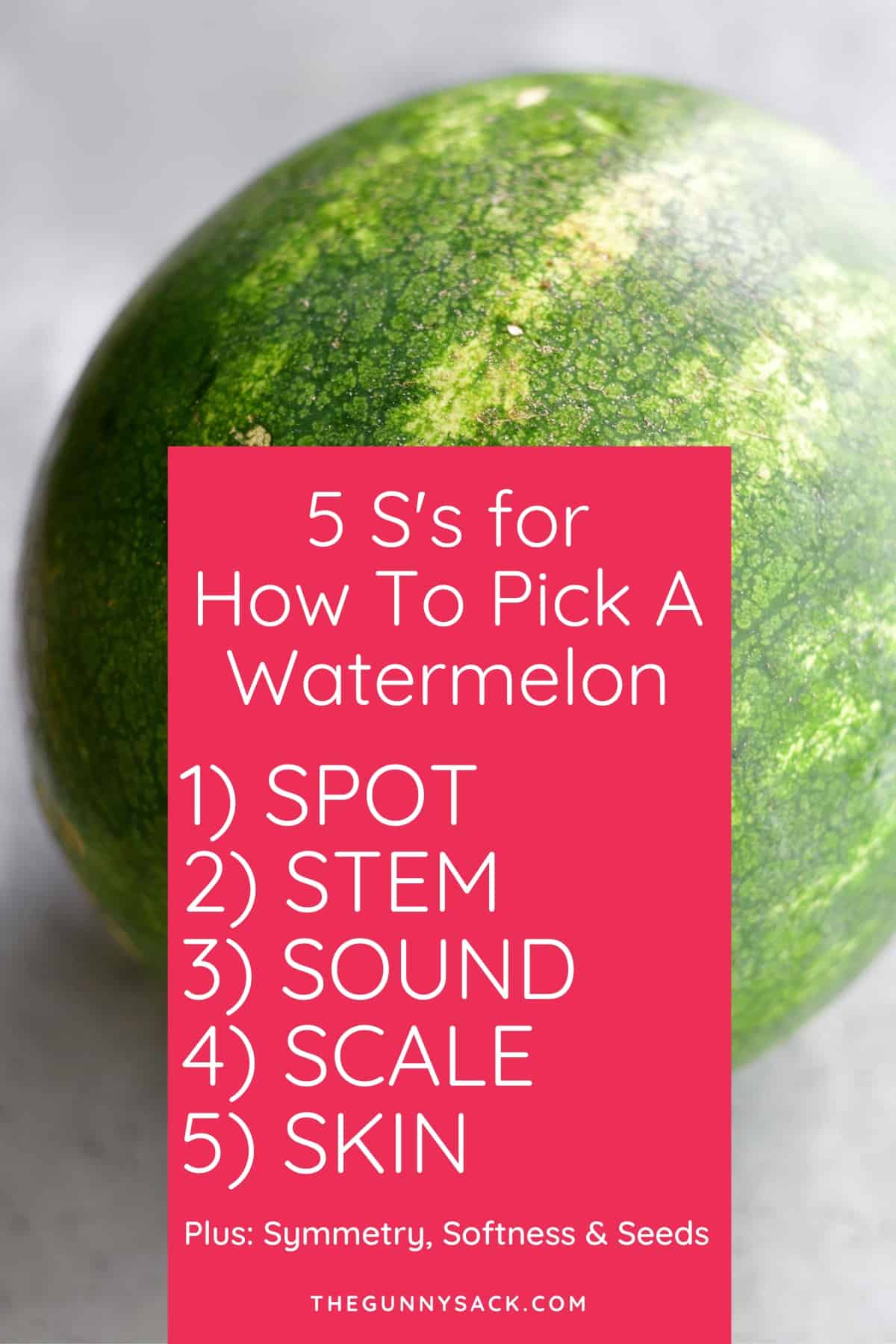
Watermelon Recipes
- Watermelon Salsa is fun to eat from a watermelon bowl!
- These adorable Watermelon Cupcakes are perfect for summer celebrations.
- Watermelon Pizza is topped with cream cheese frosting!
- This Watermelon Cake has watermelon baked inside it.
- Make a Fruit Salad with bite-sized pieces of watermelon.
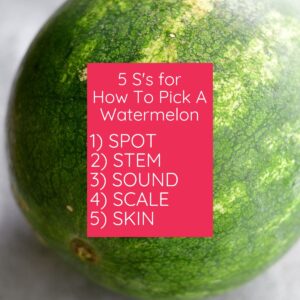
How To Pick A Watermelon
Ingredients
- 1 watermelon
Instructions
5 S's For How To Pick A Good Watermelon
- Spot: Choose a watermelon with a creamy yellow spot.
- Stem: Look for a watermelon with a brown stem.
- Sound: You should hear a hollow sound when you knock on the watermelon
- Scale: The watermelon should weigh more than other watermelons that are similar in size.
- Skin: The watermelon's skin should be free of bruises, gashes, lumps, and bumps. Also, choose one that is dull or matte looking.
Bonus Tips
- Symmetry: Choose one that is an even oval or circular shape.
- Softness: A good watermelon should be firm, not soft when you press on it.
- Seeds: The sticker on the watermelon will indicate whether the watermelon has seeds or is seedless so that you can choose accordingly.

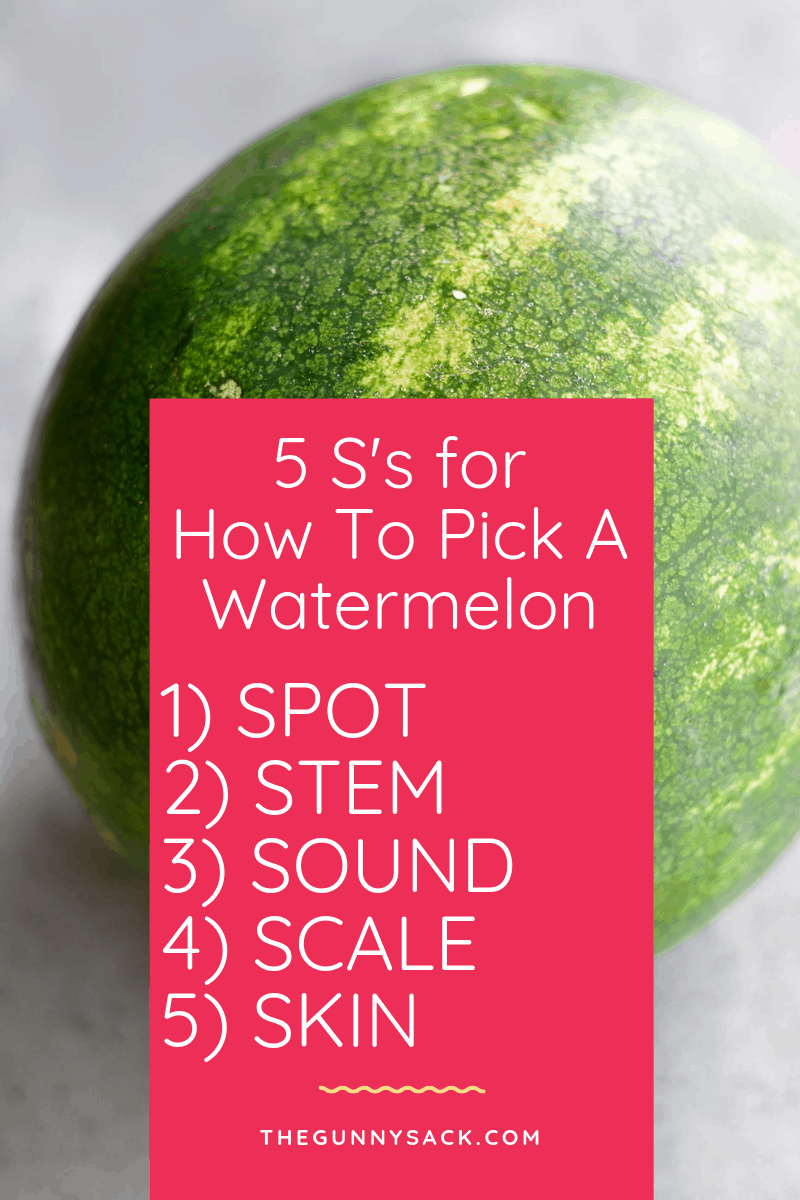
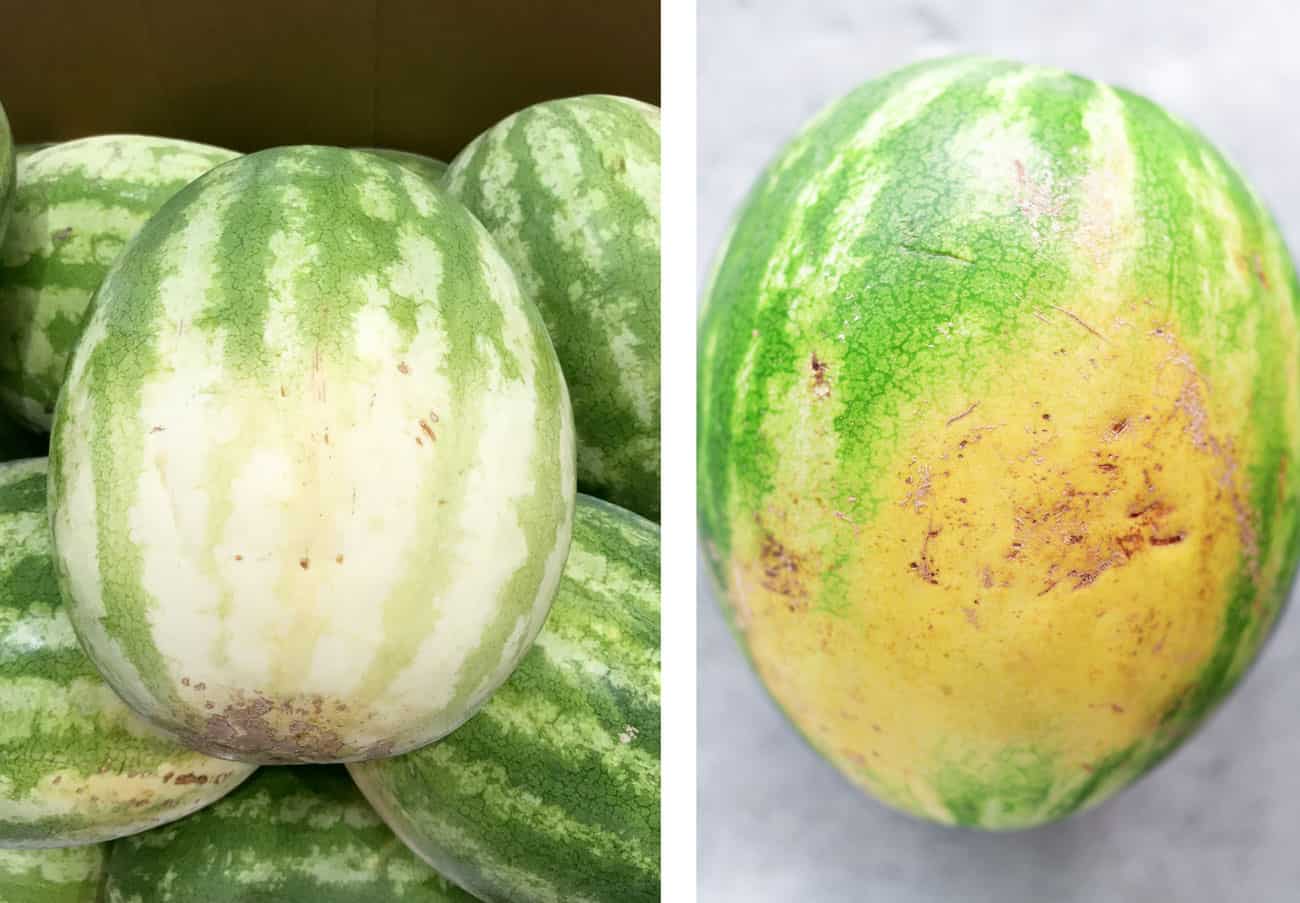
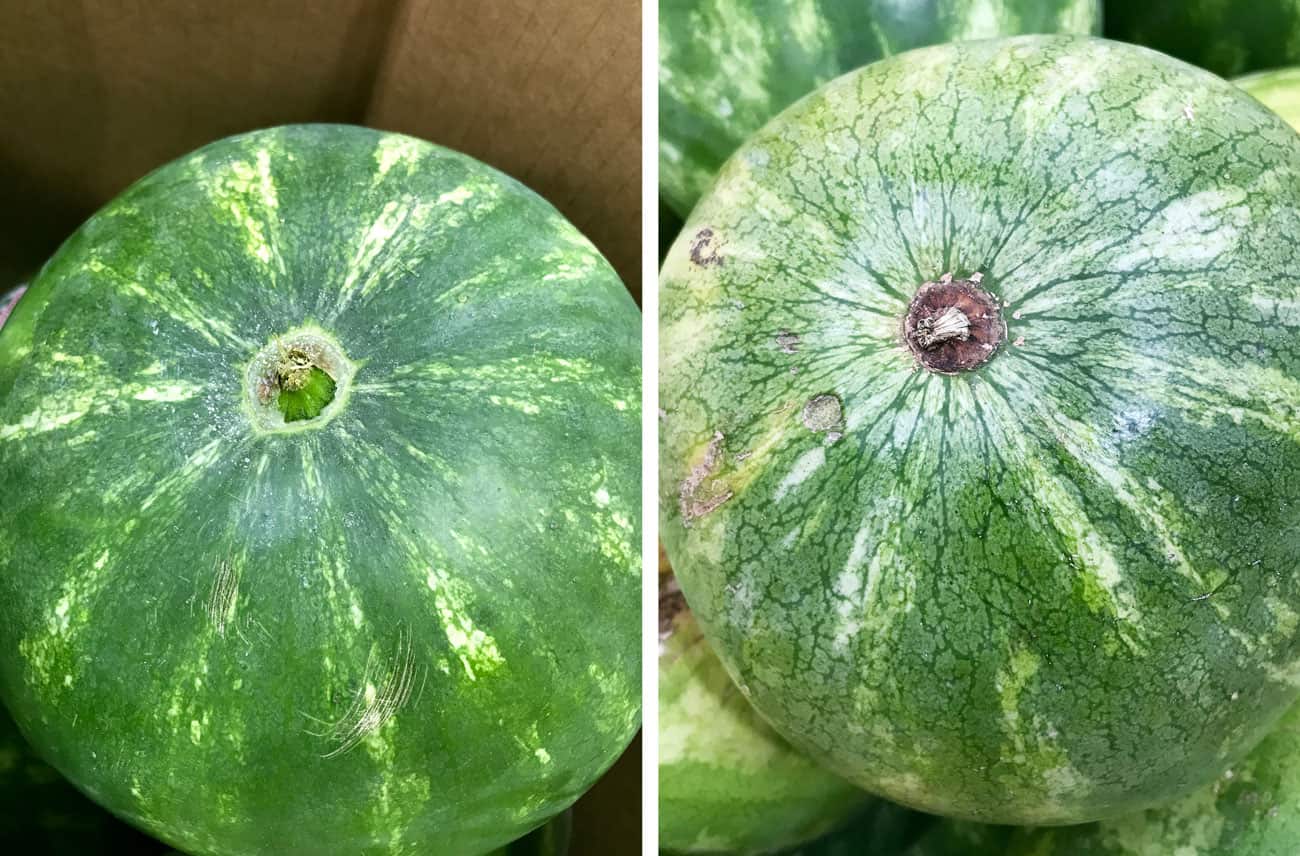
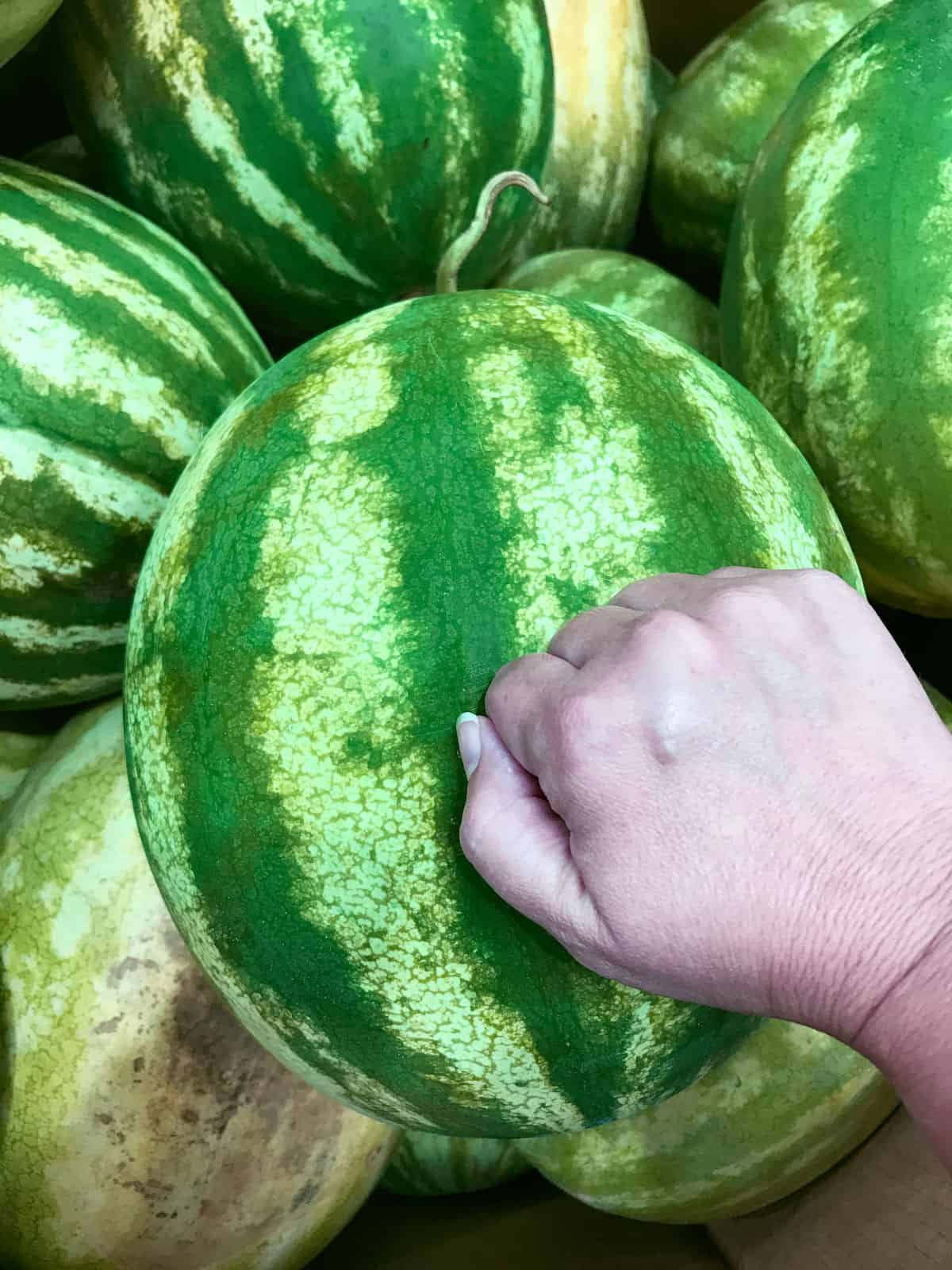
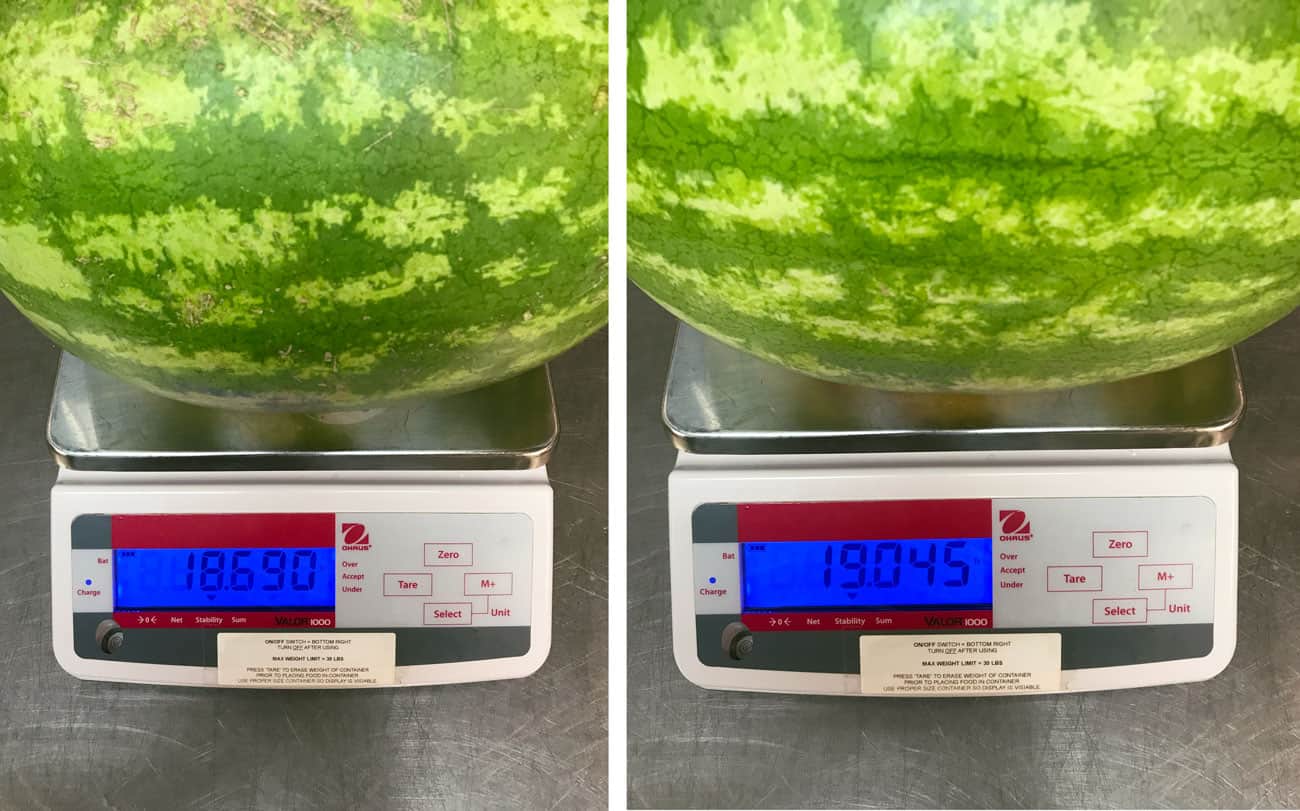
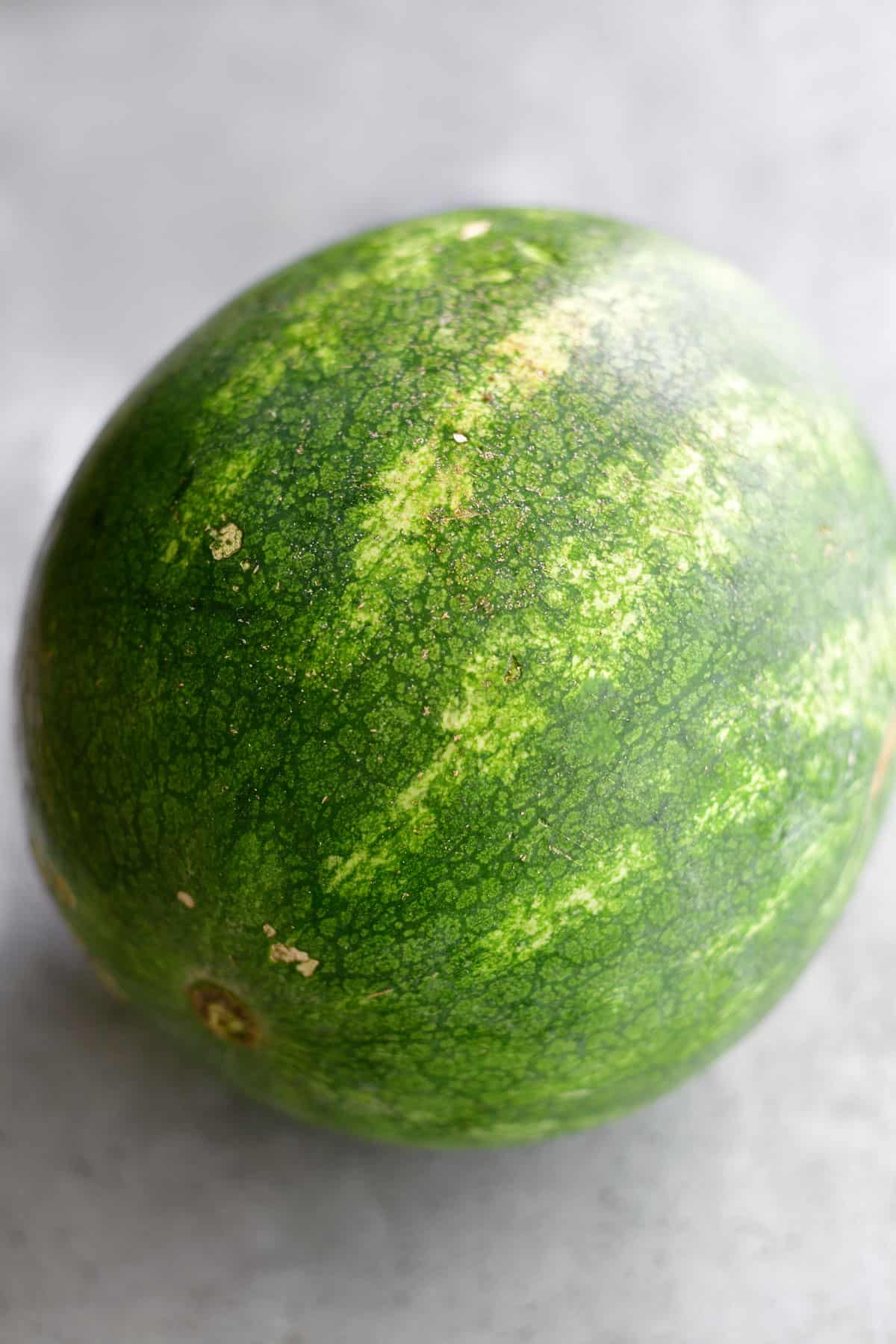


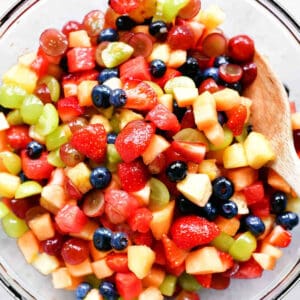
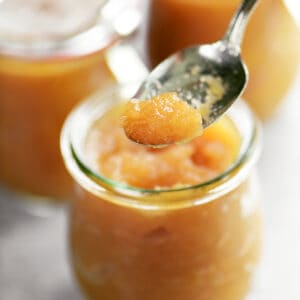
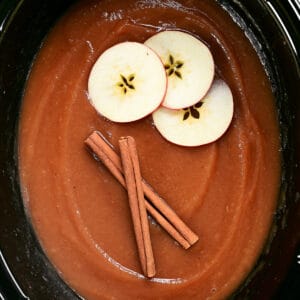
Jayantbhai Maniar says
Excellent 👌 information